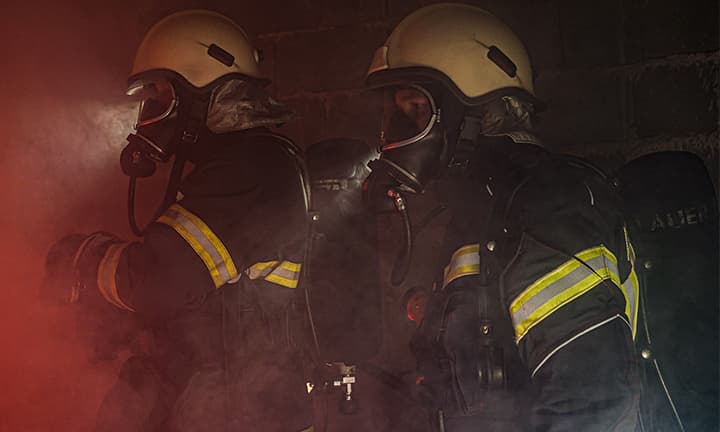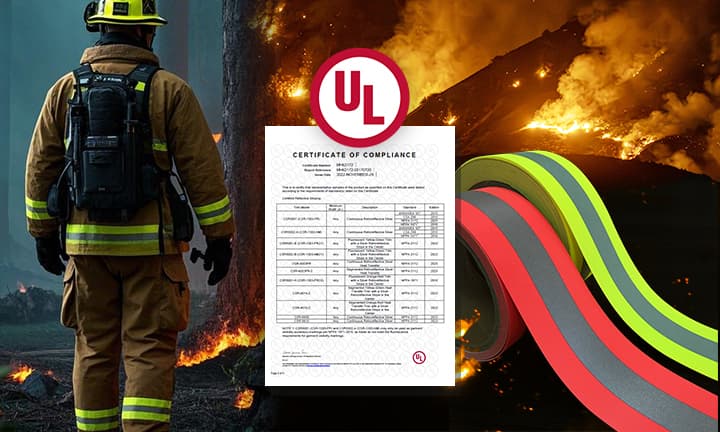How to protect yourself from darkness and slippery surfaces
Winter can be dangerous not only for drivers but also for pedestrians. These tips help you to get through the icy season unscathed.
Darkness and smoothness: in short, these are the greatest dangers for pedestrians in winter. If they are recognized too late or not at all in the dark or in fog, it can be very bad.
A fall in slippery conditions can also lead to serious injuries: There is a risk of strains, ligament injuries, bruises, broken bones, lacerations, and even traumatic brain injury. A broken femoral neck is a common and fatal consequence, especially in older people.
That's how dangerous it is in winter
Around 15 percent of all traffic fatalities are pedestrians; almost half of the fatal pedestrians are older people.
The winter months are particularly risky for pedestrians. It is particularly dangerous on poorly or not lighted country roads. This should be avoided if there is no sidewalk. But even in urban areas, the risk of accidents between November and March was almost twice as high as in the other months.
Safety vest can save lives
Especially in winter, many people tend to wear dark clothes. To be seen better in traffic, it is advisable to switch to light-colored clothing. An alternative is clothing with a reflector strip. You can also use stickers, i.e. small reflective tags that can be attached to clothing or bags.
Especially with children, it is important to have reflectors on clothing, shoes, and satchels, as well as information about special dangers in winter. If the wardrobe is dark, simply wear a safety vest over the jacket or coat.
It is advisable to cross the street at traffic lights or at least in a well-lit area. It is also important to pay attention to parked vehicles that can block the driver's view.
Wicked: frozen puddles
Almost during the entire cold season, you have to expect smooth or at least slippery roads or sidewalks. It begins in late autumn with the foliage, which in connection with rain can turn into a slide, continues through hoarfrost, which changes into slippery, to snowfall in winter.
Freezing rain or flash ice is particularly dangerous, both transform the road surface into bare ice. You should also be careful with small puddles that could be frozen over and possibly hide under leaves or snow. After a heavy snowfall, you should also pay attention to roof avalanches and occasionally look up to see if there is any danger.
Tips on black ice
In critical weather conditions, you should generally plan more time and leave the house earlier so as not to get hectic and have to run faster than the road conditions allow.
If there is freezing rain or lightning, wait if possible before leaving the house or office. If the smoothness surprises you on the way, you should try to find a hold on a house wall, a garden fence or railings. If you are not alone, it is best to go under hooked. Take small steps and walk slowly!
The footwear should be as wide as possible in winter, have a good profile and a sole made of non-slip material or spikes. High heels or other elegant shoes increase the risk of slipping and falling. Spikes or an anti-slip sole, which are attached to the shoes or boots, also make normal shoes suitable for winter.




